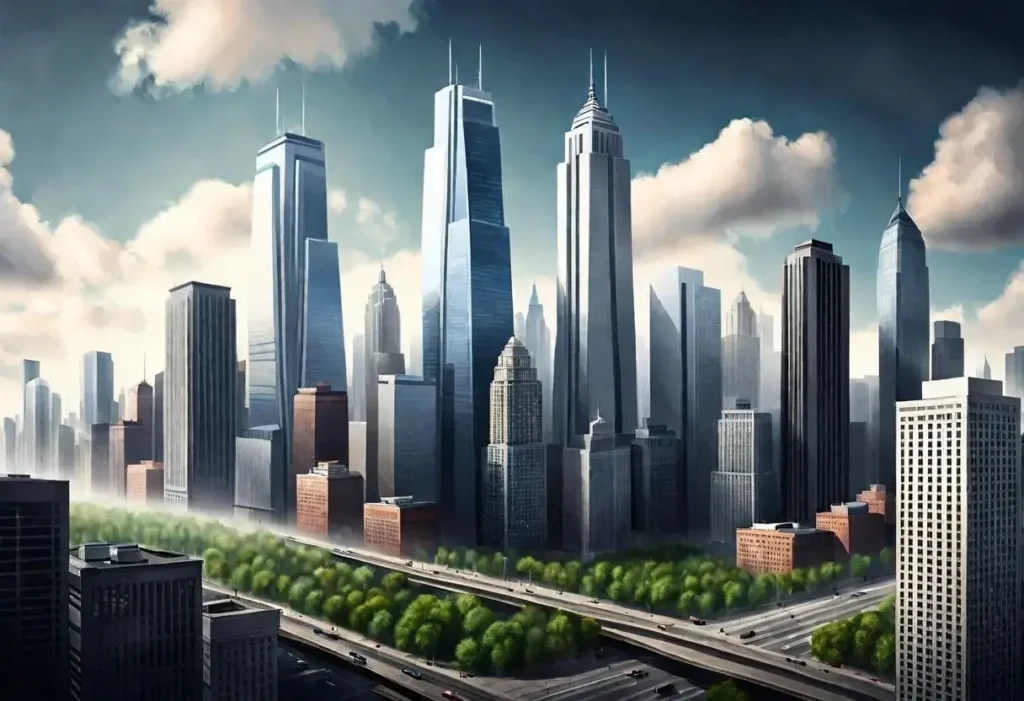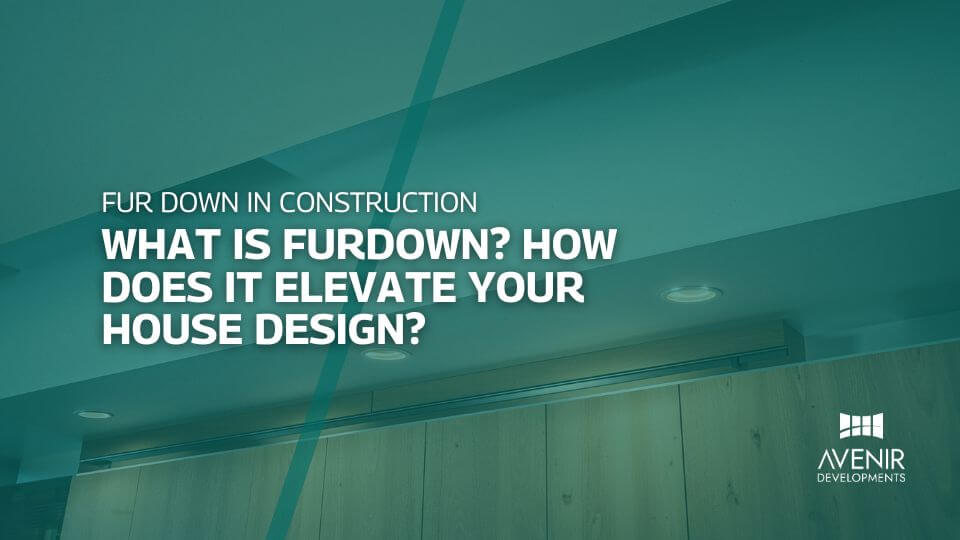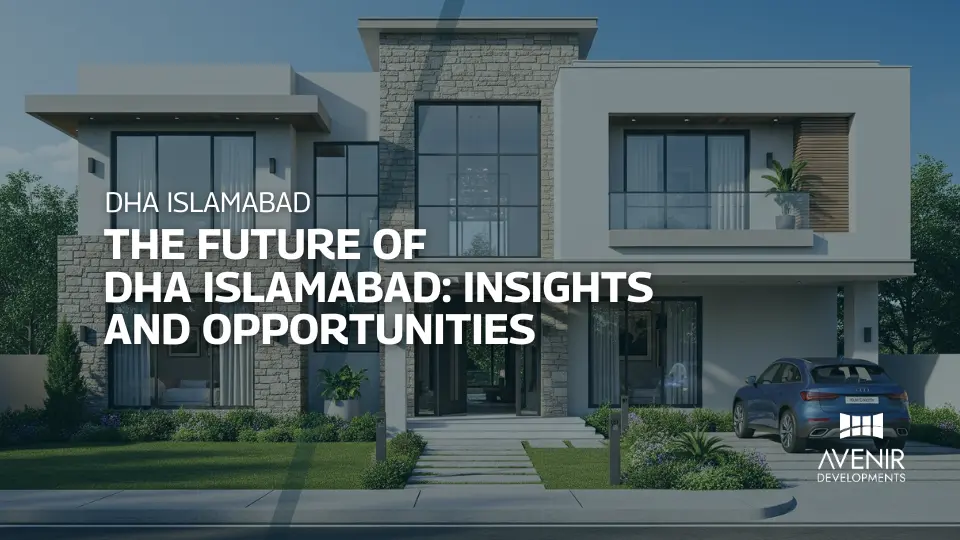As an architect who has spent years designing and building in bustling metropolises around the world, one of the most pressing challenges I see facing our cities is vertical cities. With soaring populations and a constant strain on resources, vertical cities are no longer just science fiction – they’re a potential solution we need to explore.
In this blog post, I’ll be diving deep into the world of vertical cities. We’ll explore the concept, its history and evolution, and the latest trends happening right now. We’ll also address some frequently asked questions and offer valuable insights to help you understand the potential and challenges of vertical living.
Understanding Vertical Cities: A Look Back and a Look Up
Vertical cities are essentially self-contained urban communities built vertically, with residential, commercial, and recreational spaces stacked on top of each other in towering skyscrapers. Imagine a city that reaches for the clouds, offering residents everything they need within a single, high-rise structure (or a network of interconnected structures).
The concept of vertical cities isn’t entirely new. Early ideas can be traced back to visionary architects and thinkers like Ebenezer Howard’s “Garden Cities of Tomorrow” in the early 20th century, which proposed high-density, self-sufficient communities with a focus on green spaces. However, technological limitations and economic realities kept these ideas largely theoretical for most of the last century.

Fast forward to today, and the conversation around vertical cities is rapidly evolving. Fueled by a number of factors, including:
- Rapid urbanization: The world’s population continues to grow at an alarming rate, with a significant portion of that growth concentrated in cities. By 2050, the United Nations estimates that nearly 70% of the global population will live in urban areas https://population.un.org/wup/Publications/Files/WUP2018-Highlights.pdf. This creates a massive demand for housing and infrastructure in a limited amount of space.
- Resource scarcity: As cities sprawl outwards, they encroach on natural resources and agricultural land. Vertical cities offer a way to concentrate our living spaces, minimizing the environmental impact of urban sprawl.
- Technological advancements: The development of new materials, construction techniques, and sustainable technologies is making the concept of vertical cities more feasible than ever before. Imagine high-rises with integrated hydroponic farms, self-regulating energy systems, and high-speed vertical transportation.
These factors are all pushing the boundaries of what’s possible and making vertical urbanism a serious contender for the future of our cities.
Vertical Cities: A Global Phenomenon – Looking at Trends in Pakistan and Around the World
The concept of vertical cities is no longer just a theoretical idea. Cities around the world are actively exploring and implementing vertical urbanism projects. Here’s a glimpse into some of the latest trends:
Global Trends:
- Asia leading the charge: Driven by rapid urbanization and population growth, several Asian countries are at the forefront of vertical city development. Cities like Tokyo, Seoul, and Hong Kong already boast some of the world’s tallest skyscrapers and most densely populated urban areas. These cities are now looking upwards, with projects like SKYCITY in China, a proposed 1,700-meter tall megastructure that would house over 100,000 people https://www.archdaily.com/994303/sky-city-tod-superimpose-architecture.
- Sustainability at the core: Modern vertical city projects prioritize sustainability. Architects are incorporating features like green walls, rainwater harvesting systems, and renewable energy sources to create self-sufficient and environmentally friendly living spaces. One such example is the Bosco Verticale in Milan, Italy, a pair of residential towers featuring integrated vertical gardens https://www.stefanoboeriarchitetti.net/en/project/vertical-forest/.
- Mixed-use developments: Vertical cities are moving away from the siloed approach of separate residential and commercial districts. The trend is towards mixed-use developments that integrate housing, offices, retail spaces, and recreational facilities within the same vertical structure. This fosters a more vibrant and walkable urban environment.
Trends in Pakistan:
While large-scale vertical city projects are yet to take root in Pakistan, there’s a growing interest in high-rise developments, particularly in metropolitan cities like Lahore and Karachi. Here are some notable examples:
- Central Business District Lahore: Punjab Central Business District Development Authority (PCBDDA) also known as Central Business District Punjab (CBD Punjab) is an authorized body incorporated to establish and promote environment friendly, urban regeneration projects on vertical principles. A pre-financial feasibility has determined around 2700-3000B PKR based on development as economic advancement and shall generate employment in various sectors.
- The Imperial Luxury Apartments in Karachi, a 40-story high-rise offering residential units, a spa, and a rooftop restaurant https://www.imperialhomes.pk/.
- Dolmen City Lahore, a mixed-use development featuring high-rise residential towers, office spaces, and a shopping mall https://www.dolmengroup.com/our-projects/dolmen-mall-lahore/.
These projects showcase a shift towards a more vertical approach to urban development in Pakistan. It’s important to note that successful vertical city development requires careful planning and infrastructure investment. Factors like waste management, transportation networks, and social infrastructure need to be addressed alongside the construction of skyscrapers.
As Pakistan grapples with increasing urbanization, vertical urbanism has the potential to be a sustainable solution for the future. However, it’s crucial to learn from the experiences of other countries and ensure responsible and inclusive development practices are followed.
FAQ: Questions about Vertical Cities
Q: Are vertical cities a realistic solution for the future?
A: Vertical cities have the potential to be a viable solution for the future, particularly in densely populated areas. They offer a way to accommodate a growing population while minimizing the environmental impact of urban sprawl. However, their success hinges on careful planning, technological advancements, and addressing the social and economic challenges that come with high-density living.
Q: What are the benefits of vertical cities?
A: Vertical cities offer a number of potential benefits, including:
- Efficient land use: By building upwards, vertical cities can significantly reduce the amount of land needed for urban development. This helps to preserve natural habitats and agricultural land.
- Reduced environmental impact: Vertical cities can be designed to be more sustainable by incorporating features like renewable energy sources, rainwater harvesting, and waste management systems.
- Improved accessibility: Living, working, and leisure facilities can all be located within a close proximity in a vertical city, potentially reducing commuting times and fostering a more walkable environment.
- Stronger communities: Vertical cities can promote a sense of community by creating shared spaces and fostering interaction among residents.
Q: What are the challenges of vertical cities?
A: While there are many potential benefits, vertical cities also come with some challenges that need to be addressed:
- High construction costs: Building and maintaining skyscrapers can be expensive. This could lead to social segregation within vertical cities, with only wealthy residents able to afford to live there.
- Technical complexities: Designing and constructing self-sufficient vertical cities requires advanced engineering and technological solutions, especially in areas like waste management and transportation infrastructure.
- Social and psychological impacts: Living in a high-density environment can have psychological and social implications. Careful planning is needed to ensure access to green spaces and create a sense of community within the vertical structure.
- Public perception: There’s a need to address public concerns about safety, privacy, and potential feelings of isolation associated with vertical living.
Q: How can we ensure successful implementation of vertical cities?
A: Successful implementation of vertical cities requires a multi-pronged approach:
- Sustainable design principles: Vertical cities should be designed with sustainability in mind, incorporating features that minimize environmental impact and promote resource efficiency.
- Social infrastructure: Planning for social needs like education, healthcare, and community spaces is crucial to ensure a well-rounded living environment.
- Technological advancements: Investment in research and development of new technologies like high-speed vertical transportation and self-regulating energy systems is essential.
- Public engagement: Open communication and community engagement are vital to address public concerns and ensure vertical cities are inclusive and desirable places to live.
By carefully considering these factors, vertical cities can become a sustainable and innovative solution for the future of our urban landscape.
Expert Tips for a Thriving Vertical City Future
As an architect with experience working on high-density projects around the world, here are some insights to help us navigate the exciting yet complex world of vertical cities:
- Embrace mixed-use development: Vertical cities should be more than just residential towers. Integrating workplaces, retail spaces, and recreational facilities creates a vibrant and dynamic urban environment.
- Prioritize green spaces: Living in a high-rise environment can feel isolating. Incorporating green spaces like rooftop gardens, vertical gardens, and indoor atriums is crucial for mental well-being and fostering a connection with nature.
- Focus on walkability and connectivity: Minimize reliance on cars by designing vertical cities with pedestrian-friendly walkways, efficient public transportation systems, and easy access to essential services.
- Invest in smart technologies: Smart technologies like automated waste management systems, energy-efficient building management systems, and high-speed vertical transportation can significantly improve the quality of life in vertical cities.
- Foster a sense of community: Create opportunities for social interaction within vertical cities. This could involve shared community spaces, rooftop gardens with social areas, or resident-organized events.
- Prioritize inclusivity and affordability: Vertical cities shouldn’t become playgrounds for the rich. A mix of housing options, including affordable units, is essential to create a diverse and inclusive community.
By implementing these tips, we can design vertical cities that are not only sustainable and efficient but also offer a high quality of life for all residents.
Thinking of embracing vertical living in Lahore or elsewhere in Pakistan?
Avenir Developments, a leading architectural firm based in Lahore, can help you navigate the world of vertical living. We specialize in designing innovative and sustainable residential projects that cater to the needs of modern urban dwellers. Contact us today on WhatsApp or Call +923001101103 to discuss your architectural and design needs and explore the possibilities of vertical living. Together, we can help shape the future of our cities!
A Vision for the Future
Vertical cities are no longer science fiction. As our cities continue to grow and resources become strained, vertical urbanism presents a compelling vision for the future. These self-contained megastructures offer the potential for efficient land use, reduced environmental impact, and a more sustainable way of living.
However, the success of vertical cities hinges on careful planning, technological advancements, and addressing the social and economic challenges that come with high-density living. We need to ensure these vertical communities are not only sustainable but also foster a sense of belonging, prioritize inclusivity, and offer a high quality of life for all residents.
The future of vertical cities is bright, but it requires a collaborative effort from architects, engineers, urban planners, policymakers, and the public. By working together, we can create vertical cities that are not just functional but also vibrant, sustainable, and desirable places to live.
Are you ready to embrace the future of vertical living?
Avenir Developments is at the forefront of innovative and sustainable architectural design in Pakistan. We are passionate about creating spaces that cater to the needs of modern urban dwellers. Contact us today to discuss your architectural and design needs and explore the possibilities of vertical living in Lahore or other major cities in Pakistan.
Together, let’s shape the future of our cities and create a more sustainable and livable urban landscape for generations to come.
Read more: NORA Residences: Your Next Smart Real Estate Investment? A Checklist-Driven Deep Dive






